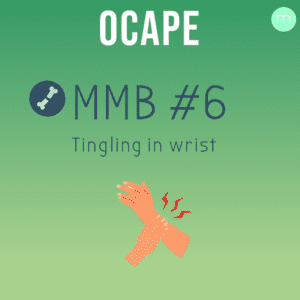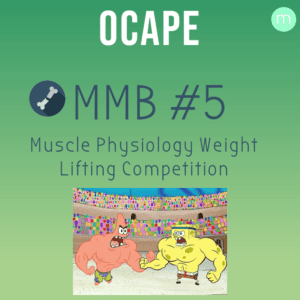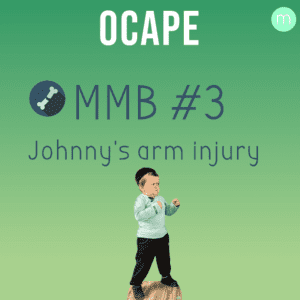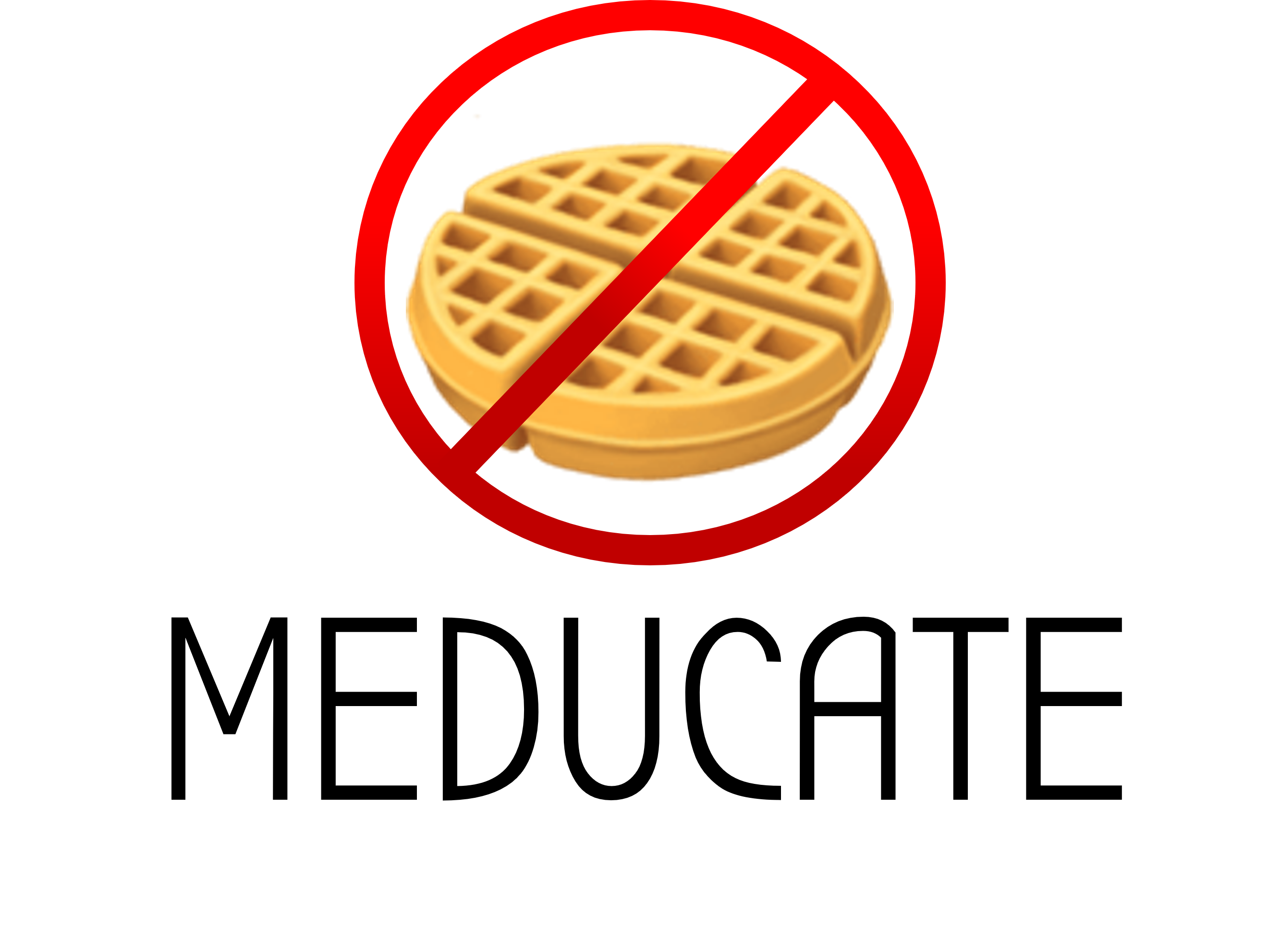 Notes: Y2 MMB - THE RED HOT JOINT
Notes: Y2 MMB - THE RED HOT JOINT
OtherMMBDiseases rubor, calor, tumor, dolor, functio laesa, inflammation, red hot joint, gout, septic arthritis
Cardinal Signs of Inflammation:
• Rubor- (redness) dilation of blood vessels
• Calor- (heat) increased blood flow/ chemical mediators
• Tumor- (swelling) oedema (fluid in extracellular space)
• Dolor- (pain) stretching of tissues due to oedema/ chemical mediators
• Functio laesa- (loss of function) pain/ swelling
Initial Inflammatory Changes:
• vessel diameter increases
• swelling due to:
o increased capillary hydrostatic pressure
o escaped plasma proteins in extra-vascular space
o increased colloid osmotic pressure in tissues
• protein-rich fluid accumulates outside vessels (exudate) (appears yellow as
proteins begin to crystallise
• neutrophil migration into tissues during inflammation
• Neutrophil Migration:
1. rolling of neutrophils along vessel walls
2. activation of neutrophils due to chemokines
3. adhesion of neutrophils to vessel walls
4. transmigration of neutrophils through endothelium
5. neutrophils are a sign of acute inflammation (they stick to
microorganisms, phagocytose, intracellularly kill microorganisms
6. pus is dead neutrophils
7. Mediators of acute inflammation:
▪ vasoactive amines
▪ complement components
▪ eicosanoids (like arachidonic acid)
▪ clotting cascade (factor X11a activates kinin and clotting
cascade)
▪ kinin cascade
MMB – The Red Hot Joint
Inflammatory Cells:
• eosinophils and basophils are associated with chronic inflammation
• macrophages can cause tissue damage if they remain too long, so they usually
die, but can form granulomas
• pus is dead neutrophils
• granulomas and pus-filled cavities are dangers of acute inflammation
Effects of acute inflammation:
o Beneficial:
▪ dilution of toxins- carried away to lymphatics
▪ entry of antibodies and drugs- increased vascular permeability
▪ fibrin formation- trap microorganisms, so easier to phagocytose
▪ cell nutrition and oxygenation- essential as neutrophils have high
metabolic activity
▪ start of immune response
o Harmful:
▪ damage to normal tissues- enzymatic digestion, abscess cavities,
vascular damage
▪ swelling at critical sites- epiglottis, brain
▪ immune hypersensitivity reaction- inappropriate response
causing tissue damage and life-threatening consequences
Outcomes of inflammation:
o resolution- completely back to normal (no scars or evidence of disease)
o suppuration- formation of pus
o osteomyelitis- when pus/ abscess extends into nearby bone (hard to
treat as it’s difficult to get antibiotics into bone)
MMB – The Red Hot Joint
Systemic effects of inflammation:
• pyrexia
• malaise, anorexia, nausea
• lymphoreticular hyperplasia- tender/ painful (large lymph nodes)
• raised erythrocyte sedimentation rate (ESR), WBC, C-Reactive protein
Causes of the Red Hot Joint:
• infection
• crystal deposition (test with aspirate of joint)
• ‘flare’ in activity of chronic arthritis
• trauma
Gout:
• disorder of purine metabolism
• humans lack uricase to break down sodium urate, so are predisposed to gout
• serum uric acid levels are very high
• associated with chronic renal damage
• most commonly affects metatarsophalangeal joint of first toe
• Causes:
o genetics (family history)
o more common in men
o overweight (more tissue for urate to build up in)
o alcohol consumption (beer contains purines)
o diet rich in purines
o lead (inhibits purine excretion)
Arthritis:
• RA- symmetrical
• cartilage-pannus junction (fibrovascular or granulation tissue)
MMB – The Red Hot Joint
• septic arthritis (caused by inflammation) (aspirate the joint with aseptic
technique and it will show neutrophils






